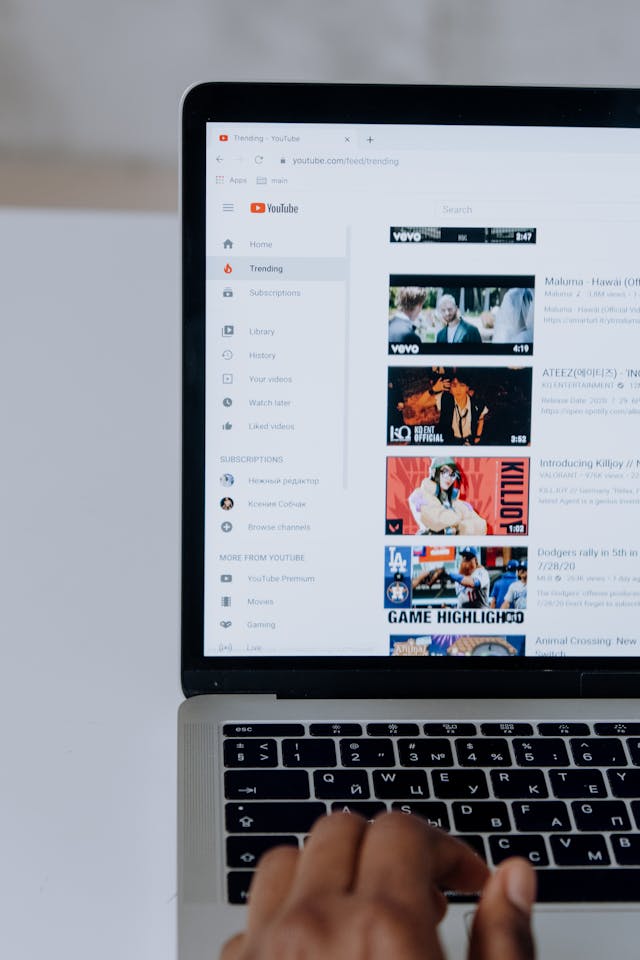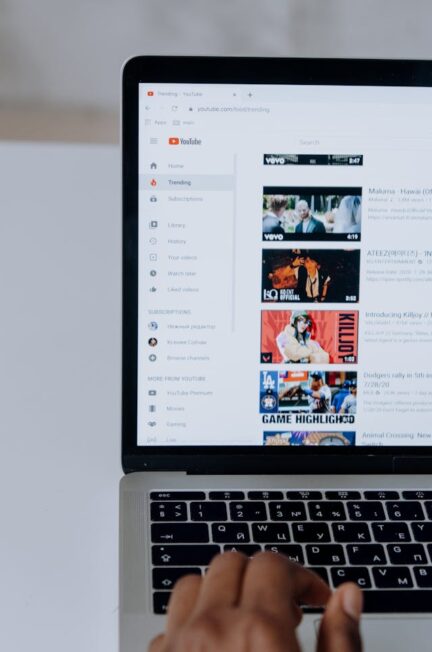Have you ever thought about starting your own business? If so, a dog grooming business could be the perfect venture for you! In this blog post, we’ll discuss the different steps you need to take …

Why Is Video Protection the Biggest Challenge for Businesses in the 21st Century?
As video becomes the dominant form of communication for businesses, the challenges of securing it have grown exponentially. From marketing campaigns to internal training, video content drives engagement and revenue, but it is also highly vulnerable to unauthorized access and piracy. The ease with which digital media can be copied and redistributed makes protecting video assets a top priority for organizations in the modern era. Leveraging a video content protection solution has become essential for mitigating these risks.
The Rising Value of Video Content
Video is no longer just a supplementary marketing tool; it has become a central component of business strategy. Companies invest heavily in producing high-quality video content for advertising, product demonstrations, and educational purposes. With such significant investment, the potential loss from unauthorized distribution is substantial. Beyond financial damage, unauthorized sharing can dilute brand messaging, harm reputation, and reduce the competitive advantage of proprietary content. This makes video protection not just a technical necessity, but a strategic imperative.
Technological Vulnerabilities

Several factors contribute to the difficulty of protecting video content. Digital files are inherently easy to copy, and modern distribution channels, such as streaming platforms and social media, increase the risk of exposure. Common threats include:
- Screen recording and screenshotting tools that bypass traditional security measures.
- File-sharing networks and torrents that distribute content without authorization.
- Automated bots and scrapers that collect videos from websites for redistribution.
- Insider threats, where employees or contractors leak sensitive content.
These vulnerabilities demonstrate that simply hosting videos on secure servers is insufficient. Businesses need advanced methods to monitor, track, and control access to their media assets.
Strategies for Effective Video Security
To combat these risks, organizations employ multiple layers of protection. Implementing encryption, token-based access, and digital rights management (DRM) can prevent unauthorized viewing and copying. Watermarking and fingerprinting technology allow companies to trace leaks back to their source, deterring potential infringers. Additionally, secure content delivery networks (CDNs) reduce the likelihood of interception during transmission. By combining these technologies, businesses can create a more resilient defense against video theft and misuse.
Best Practices for Maintaining Control

Effective video protection requires more than just technology—it also relies on organizational policies and monitoring. Businesses can take several steps to minimize risk:
- Educate employees about the importance of content security and implement strict access controls.
- Regularly audit video usage to detect unusual activity or unauthorized sharing.
- Engage legal support to enforce copyright claims against infringers.
- Monitor social media and third-party platforms for unauthorized reposts or leaks.
- Continuously update security protocols to address emerging threats and vulnerabilities.
By integrating technological safeguards with proactive monitoring and employee awareness, companies can significantly reduce the risk of video theft. While no system can offer absolute security, a strategic combination of tools and policies provides a strong defense against unauthorized access and ensures that video content continues to serve its business purpose effectively.



